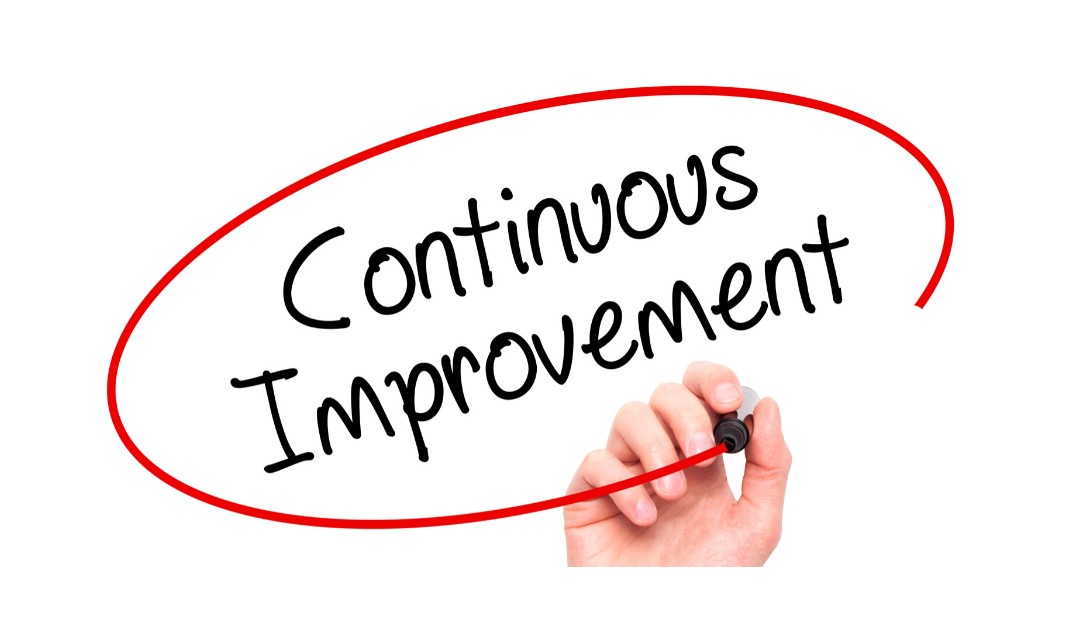At Willmar Electric, we try to use Lean Principles in our day to day operations and one of our core values is being Thrifty.
Often people equate lean with being thrifty. A few days ago, somebody did it in front of me, and I lost it.
Let me explain why.
Lean is the elimination of waste. At Willmar Electric, we often talk about and use as examples the eight wastes of lean made famous by Taiichi Ohno and his Toyota Production System.
There are countless books on lean. They each go into great detail on describing what lean is and how to put Lean principles into place.
I think it can be boiled down to one sentence. “Lean is eliminating waste and continuous improvement.”
Paul Aker’s book “2 Second Lean” is the quickest way of gaining a basic understanding of Lean Principles. I would encourage you to get a copy and read it. It will take you two hours to read it cover to cover. It will take the rest of your life to master it.
If you want to eliminate waste, you need to recognize and eliminate the following seven things; overprocessing, overproduction, excess inventory, wasted motion, waiting time, rework of defects, and transportation. Plus, you should make sure you are tapping into the unused potential of everybody involved in the process.
When you are eliminating waste or improving a process, you should make sure to ask yourself the following four questions:
Does this change compromise safety?
Does this change lower quality?
Does this change simplify the process?
Does this change speed up the process?
If you can answer yes to all four questions, in that order, you should adjust and apply your lean improvement to the process.
You should have noticed one thing missing from those questions—money. I realize nearly all your improvements are going to save you money, but in some cases, it won’t. But in those cases, the change should add value. I also realize the change in some cases can’t be made because you can’t afford the change.
Go lean to save hassles and stress. Go lean to improve quality. Go lean because it makes work more fun.
Thrifty, on the other hand, does save you money. Those saving could be either short or long term, but ultimately being thrifty means saving resources.
Another word for thrifty is frugal. At Willmar Electric, we initially wanted to use the phrase financially prudent but thought it sounded a little snobby. So we went with thrifty as one of our four core values.
The quickest and easiest way to apply thriftiness is to reuse or recycle something. Another is to get by without the item. Getting the less expensive of two options is the most popular way to display thrift.
At Willmar Electric, we try to remind people thrifty can mean spending more in the short term could mean long term savings. Paying $100 for something that will last forever is thriftier than buying a comparable item for $75 and needing to replace it later.
Confused? I doubt you are, but let me give you one more example.
It is from my personal life.
If I gave you a tour of our house, you would see it is very lean. Everything is organized neatly. Much of it is labeled. We have systems in place for when it is time to refill or replace things. We have automated lights, vacuums, doors, doorbells, and temperature controls. We could do better, but when we give people a tour, they always comment on how organized everything is.
On the other hand, if you toured our home, you won’t think it was thrifty. We have more TVs than people, extra bedrooms, bathrooms, kitchens, living areas, and garage stalls. Our light fixtures were selected with style in mind rather than functionality. Nobody has ever asked if we considered adding on to our house.
(We have been asked, “why didn’t you build a pool like your old house.” Everybody gets the same answer, “ask Sue,” and then if you look real close, you can see a small tear run down my cheek.)

